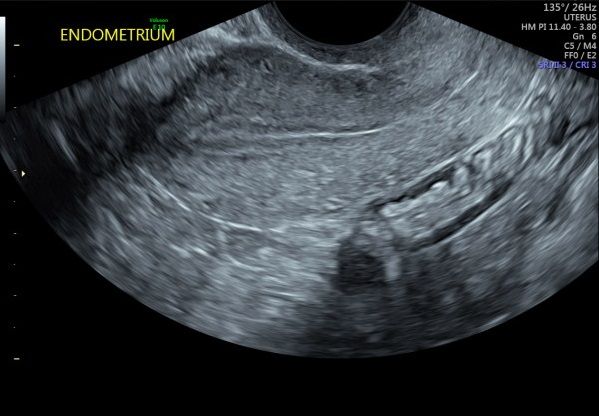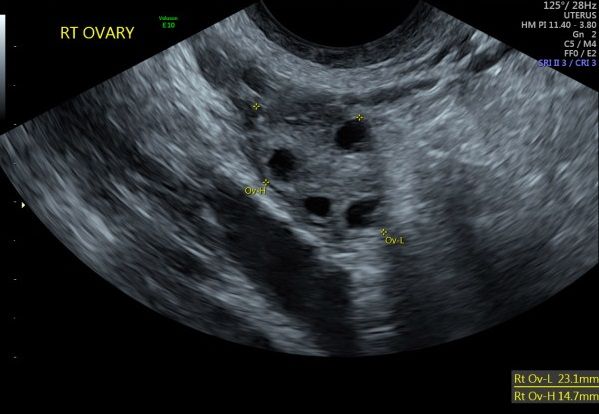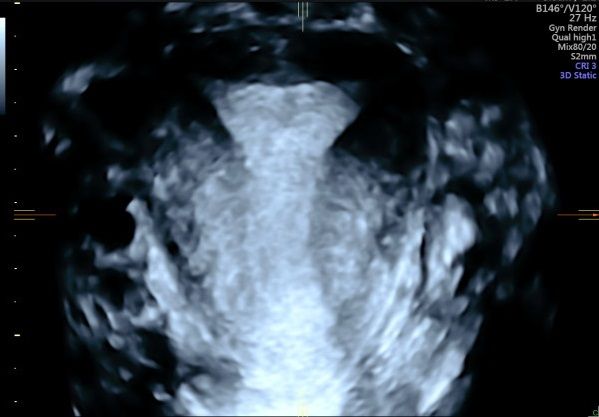Pelvic Ultrasound
Request a Booking
Book online now and we will get back to you shortly.
Pelvic ultrasound is a commonly performed imaging examination used for the investigation of symptoms such as:
• Pelvic pain
• Abnormal vaginal bleeding including cycle irregularity
• Menopause
Pelvic ultrasound is also commonly used to monitor diagnosed conditions such as:
• Uterine fibroids
• Ovarian cysts
• Endometriosis
And is used for targeted screening assessment in the evaluation of
• Infertility
• Gynaecological cancers (particularly endometrial and ovarian cancer)
What is a Pelvic Ultrasound?
A Pelvic ultrasound uses reflected sound waves to produce images of the lower abdominal structures and organs. Organs that are clearly depicted on a pelvic ultrasound are solid or fluid-filled (for example the female uterus). A pelvic ultrasound can be generally done by two different methods: transabdominally, or transvaginally, and assesses the following:
• Ovaries
• Uterus
• Cervix
• Fallopian tubes
Preparation:
Transabdominal examination requires a full bladder. We ask that you come with a comfortably full bladder. Empty your bladder 1 hour before the examination and immediately drink 600 ml of water. The sonographer who performs the examination will discuss the transvaginal ultrasound with you and will perform this with your consent.
Media

Uterus

Right ovary displaying antral follicles

3D image of uterus with C-plane reconstruction